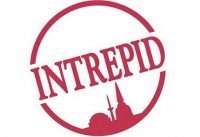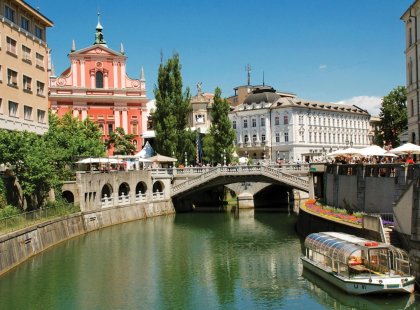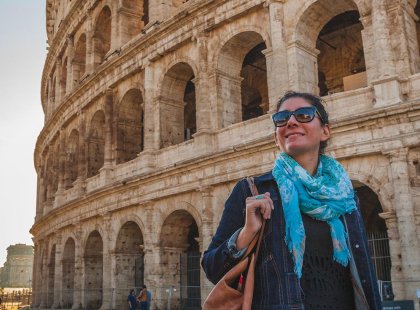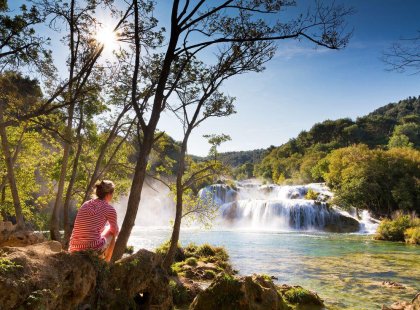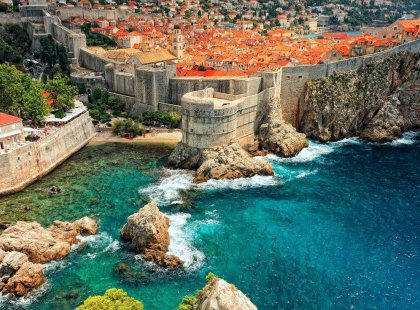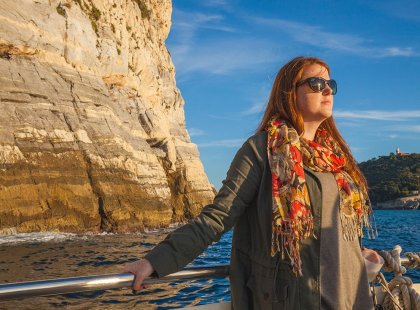Experience the wonders of Croatia, Slovenia and Italy on a small group adventure. A bit of the Balkans, a dash of Central Europe and a slice of the Med – this 17-Day journey through Croatia, Slovenia and Italy takes in plenty. Kick the adventure off with a wander through Dubrovnik's World Heritage-listed Old Town, then journey to the stunning seaside town of Split. Believe the beauty of Plitvice Lakes National Park and uncover the secrets of Croatia's capital, Zagreb. Coasting up the Dalmatian, cross into Slovenia, where adventure junkies can get their fix biking, hiking, canyoning or caving, before continuing on to Italy. Live out your grandest gondola and tiramisu fantasies in Venice, stroll the twisting trails between the Cinque Terre's towns and see the artworks that inspired the Renaissance in Florence.
-
Duration: 17 daysService level: Basic
-
Starts in: Hotel DubrovnikPhysical Grading: Light
-
Ages: 15+
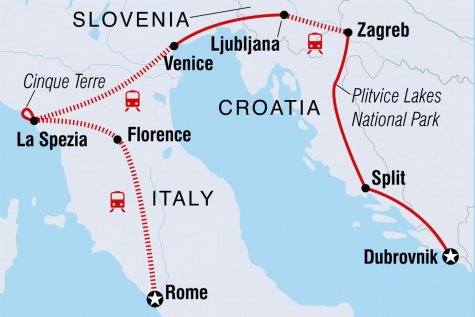
Itinerary
Start place: Hotel Dubrovnik
Inclusions
Included
- Plitvice Lakes National Park
- Picnic in Plitvice Lakes National Park
-
Transport
Train, Public bus, Private vehicle -
Accommodation
Hotel (4 nights), Hostel (10 nights), Pension (2 nights)
